Temple Grandin in The Atlantic:
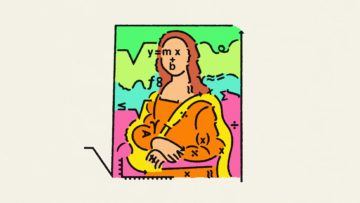 One of the most useless questions you can ask a kid is, What do you want to be when you grow up? The more useful question is: What are you good at? But schools aren’t giving kids enough of a chance to find out. As a professor of animal science, I have ample opportunity to observe how young people emerge from our education system into further study and the work world. As a visual thinker who has autism, I often think about how education fails to meet the needs of our very diverse minds. We are shunting students into a one-size-fits-all curriculum instead of nurturing the budding builders, engineers, and inventors that our country needs.
One of the most useless questions you can ask a kid is, What do you want to be when you grow up? The more useful question is: What are you good at? But schools aren’t giving kids enough of a chance to find out. As a professor of animal science, I have ample opportunity to observe how young people emerge from our education system into further study and the work world. As a visual thinker who has autism, I often think about how education fails to meet the needs of our very diverse minds. We are shunting students into a one-size-fits-all curriculum instead of nurturing the budding builders, engineers, and inventors that our country needs.
More here.

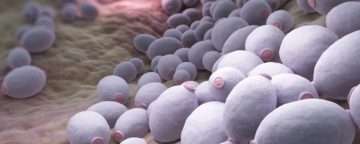 F
F IT WAS JUST THE KIND
IT WAS JUST THE KIND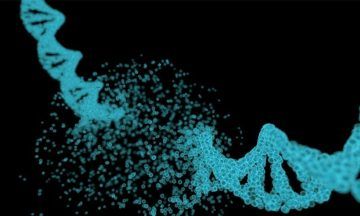 D
D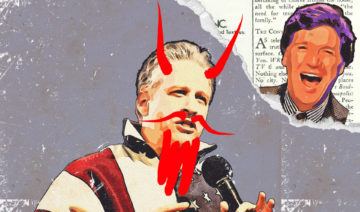 Jon Stewart has a dream where he walks out onto the brightly lit set of a new TV show. He has worked for years to build this show. It’s the answer to everything wrong with the news media.
Jon Stewart has a dream where he walks out onto the brightly lit set of a new TV show. He has worked for years to build this show. It’s the answer to everything wrong with the news media. For the first time, a Nobel Prize recognized the field of anthropology, the study of humanity. Svante Pääbo, a pioneer in the study of ancient DNA, or aDNA, was awarded the 2022
For the first time, a Nobel Prize recognized the field of anthropology, the study of humanity. Svante Pääbo, a pioneer in the study of ancient DNA, or aDNA, was awarded the 2022 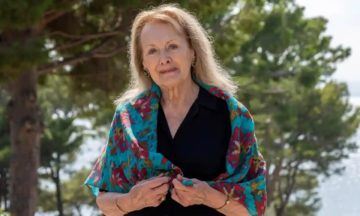 The
The 
 E
E The public, it is assumed, knows little about science: they are ignorant not just of scientific facts but of scientific methodology, the distinctive way scientific research is conducted. Moreover, this ignorance is supposed to be the primary source of widespread anti-science attitudes, generating fear and suspicion of scientists, scientific innovations, and public policy that is said to “follow the science.” The consequences are on wide display, from opposition to genetically modified foods to the anti-vax movement.
The public, it is assumed, knows little about science: they are ignorant not just of scientific facts but of scientific methodology, the distinctive way scientific research is conducted. Moreover, this ignorance is supposed to be the primary source of widespread anti-science attitudes, generating fear and suspicion of scientists, scientific innovations, and public policy that is said to “follow the science.” The consequences are on wide display, from opposition to genetically modified foods to the anti-vax movement.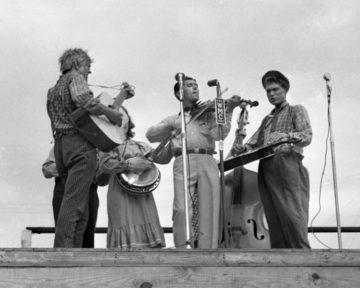 For open-eared pop music fanatics of the seventies, Circle was a gateway album that revealed vistas. It spoke of a world beyond the sonic eruptions of rock-and-roll, yet one that could exist peaceably alongside it. The unassuming splendor of the music I heard that night in Central Park, particularly the marvelous flatpicking and straight-from-the-hills singing of Watson and the offhand brilliance of Scruggs’s banjo playing—indeed, the seemingly effortless, stirringly unselfconscious virtuosity of both men—brought to life the pleasures of a new idiom, one I still cherish. It was the joy already embedded in that momentous album come to life.
For open-eared pop music fanatics of the seventies, Circle was a gateway album that revealed vistas. It spoke of a world beyond the sonic eruptions of rock-and-roll, yet one that could exist peaceably alongside it. The unassuming splendor of the music I heard that night in Central Park, particularly the marvelous flatpicking and straight-from-the-hills singing of Watson and the offhand brilliance of Scruggs’s banjo playing—indeed, the seemingly effortless, stirringly unselfconscious virtuosity of both men—brought to life the pleasures of a new idiom, one I still cherish. It was the joy already embedded in that momentous album come to life. In 1938, Joseph Roth sat across the street watching the demolition of the Paris hotel he called home. He drank, he smoked and he wrote a short, sharp, lyrical piece describing how, ‘because the hotel is shattered and the years I lived in it have gone, it seems bigger’. On the last remaining wall he could still see the blue and gold wallpaper of what had been his room. After it had been torn down, he drank and joked with ‘the destroyers’, until the significance of the moment hit him: ‘You lose one home after another … terror flutters up, and it doesn’t even frighten me any more. And that’s the most desolate thing of all.’ This is pure Roth, nostalgia vying with irony, gallows humour saving him from despair. Writing was for him a form of survival: ‘I can only understand the world when I’m writing, and the moment I put down my pen, I’m lost.’
In 1938, Joseph Roth sat across the street watching the demolition of the Paris hotel he called home. He drank, he smoked and he wrote a short, sharp, lyrical piece describing how, ‘because the hotel is shattered and the years I lived in it have gone, it seems bigger’. On the last remaining wall he could still see the blue and gold wallpaper of what had been his room. After it had been torn down, he drank and joked with ‘the destroyers’, until the significance of the moment hit him: ‘You lose one home after another … terror flutters up, and it doesn’t even frighten me any more. And that’s the most desolate thing of all.’ This is pure Roth, nostalgia vying with irony, gallows humour saving him from despair. Writing was for him a form of survival: ‘I can only understand the world when I’m writing, and the moment I put down my pen, I’m lost.’ Suketu Mehta
Suketu Mehta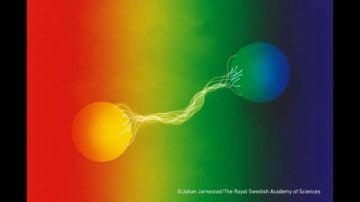 For generations, scientists argued over whether there was truly an objective, predictable reality for even quantum particles, or whether quantum “weirdness” was inherent to physical systems. In the 1960s, John Stewart Bell developed an inequality describing the maximum possible statistical correlation between two entangled particles: Bell’s inequality. But certain experiments could violate Bell’s inequality, and these three pioneers — John Clauser, Alain Aspect, and Anton Zeilinger — helped make quantum information systems a bona fide science.
For generations, scientists argued over whether there was truly an objective, predictable reality for even quantum particles, or whether quantum “weirdness” was inherent to physical systems. In the 1960s, John Stewart Bell developed an inequality describing the maximum possible statistical correlation between two entangled particles: Bell’s inequality. But certain experiments could violate Bell’s inequality, and these three pioneers — John Clauser, Alain Aspect, and Anton Zeilinger — helped make quantum information systems a bona fide science.